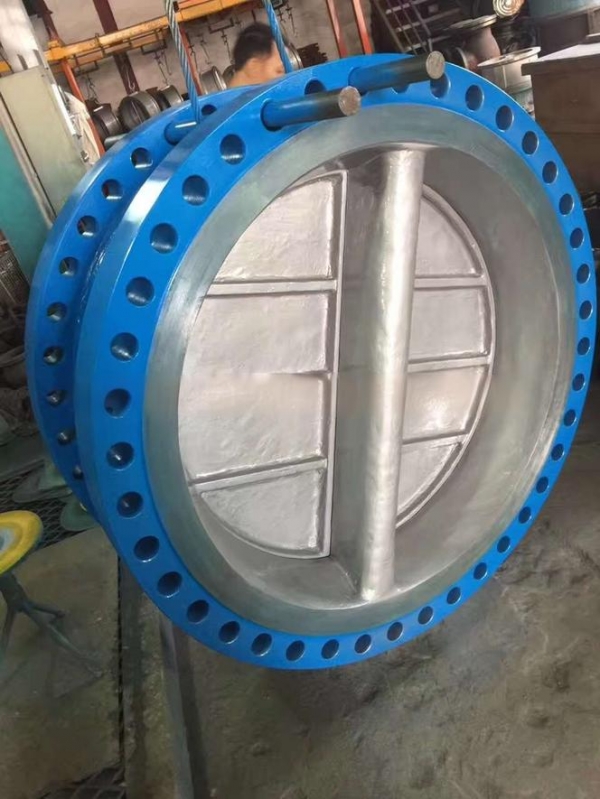604 views
How to Select the Right Workover Rig
In the oil and gas industry, selecting the appropriate workover rig is crucial for ensuring the safety, efficiency, and profitability of operations. A workover rig is a specialized piece of equipment used for maintaining, repairing, and enhancing oil and gas wells. Given the diverse nature of well conditions and operational requirements, the process of choosing the right rig can be complex.
Firstly, a thorough assessment of the job requirements is necessary. This involves understanding the specific characteristics of the well, such as depth, diameter, and geological complexities. Additionally, considering the type of workover operations planned, such as sidetracking, re-entry, or well abandonment, is crucial. These factors will influence the rig's capabilities, including its lifting capacity, drilling depth, and operational flexibility.
Next, the availability of suitable rigs in the market should be evaluated. This involves researching various rig manufacturers and suppliers, considering their reputations, track records, and the quality of their products. The cost of the rig is also an important factor, but it should not be the sole determining factor. Instead, a cost-benefit analysis should be conducted, considering the rig's long-term performance and maintenance costs.
Moreover, the safety record and compliance of the rig with industry standards and regulations should be thoroughly checked. This includes ensuring that the rig meets all safety regulations and is equipped with the necessary safety features and equipment.
Finally, the operator's experience and capabilities should also be taken into account. An experienced operator with a good understanding of the rig and its operations can significantly enhance the efficiency and safety of the job.
In conclusion, selecting the right workover rig requires a careful consideration of multiple factors, including job requirements, market availability, cost-benefit analysis, safety compliance, and operator capabilities. By taking a comprehensive approach, operators can ensure that they choose a rig that meets their specific needs and supports the success of their operations.

